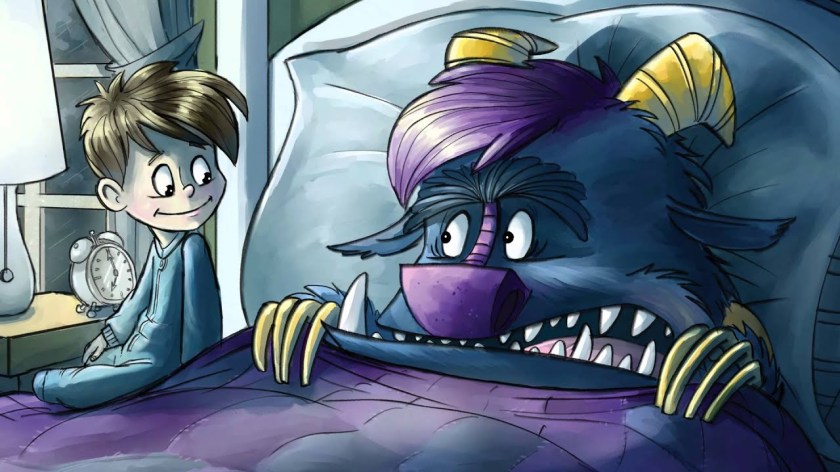Let’s be honest, writing can be sometimes frustrating at its best, and daunting at its worst. I have sat staring at a computer screen with an idea for a story in my head, without any idea how to start. Or worse, not knowing how to end it. In fact, I still have a middle grade novel that I’ve been working on for two years that still doesn’t have an ending; or at least an ending that I like. But this is the life of a writer, a life that I chose so there is no complaining about it. And I am not complaining, because I love writing! I love creating new stories that will hopefully be enjoyed someday by young readers.
Though, what about those people who don’t choose the writer’s life? What about those people who want nothing to do with writing, but still have to do it anyway? Talk about frustrating. Those people I’m talking about?
Kids.
I meet them all the time when doing school visits. In fact, I just recently did a school visit for my newest book’s birthday, TREES MAKE PERFECT PETS

I mentioned I was going to talk about how I get my ideas for writing when a 4th grader said, “I hate writing.” I asked why, and he said, “I never know what to write about.” I of course replied, you can write about anything. And he said. “Exactly, it’s too much.”
I get it. Sometimes when the possibilities are endless they never appear.
I assured this challenging 4th grader to never fear, I have two exercises that might help. Those two exercises I will share with whoever is reading this blog post, today. Now, I will start out by saying I do not have a degree in Education. I am not a writing teacher, so take what I suggest with a grain of salt. All I can say is that this works for me and I have seen it work for kids during my school visits.
START WITH A SENTENCE:
The first exercise that I do is show a picture of something normal on the screen, like this picture of a chocolate cake.

I then ask the kids to tell me the first word that pops into their head. I get all kids of words from the basic like chocolate, cake, yummy, delicious and frosting. Some responses are more out of the ordinary, like pop, ants, Pac-Man and calories. I write each word down on a white board so all the kids can see them. Once I get enough words I then tell them that they have to come up with a sentence that has something to do with the chocolate cake. It can be funny, scary, mysterious. It doesn’t matter, but they must use at least two of the words they just gave me in their sentence.
Now I get all types of sentences. Typically they are simple, such as: I like chocolate cake. The chocolate cake looks delicious. But I always get a couple of kids who think outside the box and give me something like: The pac-man ate my chocolate cake. Or, in the case of my book birthday school visit, from the challenging 4th grader I mentioned above:
“I took a bite of the chocolate cake and it popped.”
When I heard that sentence I told him that’s the first sentence of his book. If I read that sentence I would keep reading to find out what was going on. He lit up like a Christmas tree.
I explain to the kids not to sit in front of an empty page and think they need to write a whole perfect story. Start with a picture, then a single word and then a sentence. See where it takes you. The entire Monster&Me series was based off a single sentence my daughter said, “My monster needs a haircut.” Sometimes a single sentence is all you need.
CREATE THE BASIC PARTS OF A STORY
The next exercise that I do is let the kids create a verbal story using Monster as the basis of the story.

I bring four kids up next to me. The first kid comes up with what Monster needs, the beginning. The second kid comes up with why Monster needs it, the middle. The third kid comes up with why Monster can’t get it, the conflict. And finally, the fourth kid comes up with the ending, the resolution. Does Monster get what he needs? If so, how?
I have to tell you that kids come up with the greatest stories. Yes, the stories are very basic, but they take that story back to their class and build on it. Not only do they see a story doesn’t have to be perfect in the beginning, but they learn that the secret to writing lies in revision.
I hope, whoever is reading this, that these two exercises help with your writing process, or if you have students of your own, then with theirs. If you have any suggestions of your own please share them in the comments section. I would love to hear them!

15 comments